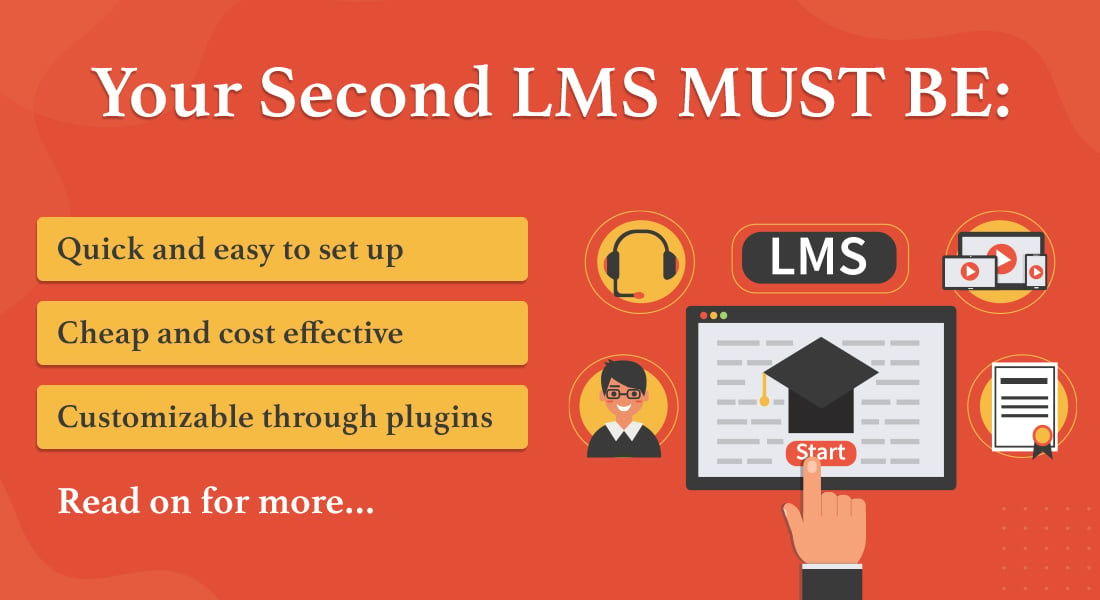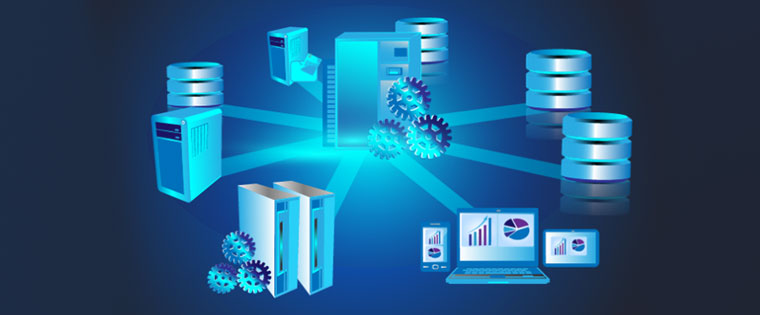8 Things to Look for in a Learning Management System

Are you looking for an easier way to train your new hires? Or your current employees for a refresher course? Then it’s time for implementing a Learning Management System (LMS) to streamline your training process.
An LMS can provide all the necessary functionalities an organization needs to provide online training to its employees, anytime anywhere and track it. All that is required is Internet connectivity for the online course to work and you’re good to go! The course will be available online, ready to be accessed by employees 24/7. But, how do you select an LMS when all look so attractive with so much to offer? Here are 8 things that you should look for in an LMS:
- Ease of Use: Once you have decided to take the plunge and adopt an LMS, it’s necessary to check if the system is easy to use. How do you do that? If employees are unable to navigate through the LMS easily or aren’t making it to the end, then the system has poor usability. The LMS should have logical navigation. It will be accessed by learners for information, tests, and training materials.
- Accessibility across Devices: A good LMS should allow its learners to access courses on different devices, be it PCs or smartphones. Make sure your LMS supports HTML5 so that the eLearning courses can be viewed on different mobile devices. This is necessary keeping in mind the current workforce who would often access courses on-the go.
- Collaboration and Communication: There will be points when your learner would want to reach out to internal experts, trainers, or even their peers for discussing about different topics and issues. The LMS you choose should be able to foster communication and peer-to-peer interaction among learners for greater exchange of ideas and information. Check if your LMS has features such as online chats, discussion forums, user groups, built-in messenger, journals, wikis, and blogs.
- Capability for Personalized Learning Experience: Personalization is a key factor for a successful eLearning experience. Learners have to be provided with eLearning tools and resources that can address specific gaps and needs. The LMS platform should allow you to create personalized learning paths along with criteria that are necessary to be met before they move on to the next content.
- Reporting: For an organization to gauge whether the course was effective, ensure that the LMS lets you generate reports such as Activity Report, Course-wise Status Report, Course Completion Reports, Participation Reports, Evaluation Report, User Details Report, Course Accessing Time Log Report, Activity Report, and Quiz/Assessments Reports.
- Gamification: Ensure that your LMS has the option to include gamification, to increase the momentum and make it exciting for the learners. Gamification has the power to motivate as well as inspire learners. To bring in a sense of competitiveness among learners, give them awards as and when they complete activities in the LMS.Giving certificates to learners when they complete the course validates their time and effort that have been put into gaining knowledge and skills. It can be a major motivation driver for learners. Scores can be awarded after the completion of every task, points can be given when learners participate in discussions and forums or maybe engage in activities.
- Capable of Blended Learning: When you decide to blend a training program, the LMS should be able to manage all aspects of training programs that go into blended learning. Moreover, it should allow collaboration. The LMS should support the functioning of blended learning programs, be it online or classroom such as tracking attendance, registrations, emails, and enrollments.
- Security and Privacy: An LMS holds records of learners’ personal information that include home addresses, phone numbers, email ids, and more. Ensure the LMS has privacy controls, protected logins, and utilizes secure server locations to keep employee data safe.
Ensure you have a clear idea about your training requirements and goals since your LMS features will depend on it. To make the best decision for your organization, ensure that you know what features of an LMS you actually need.





